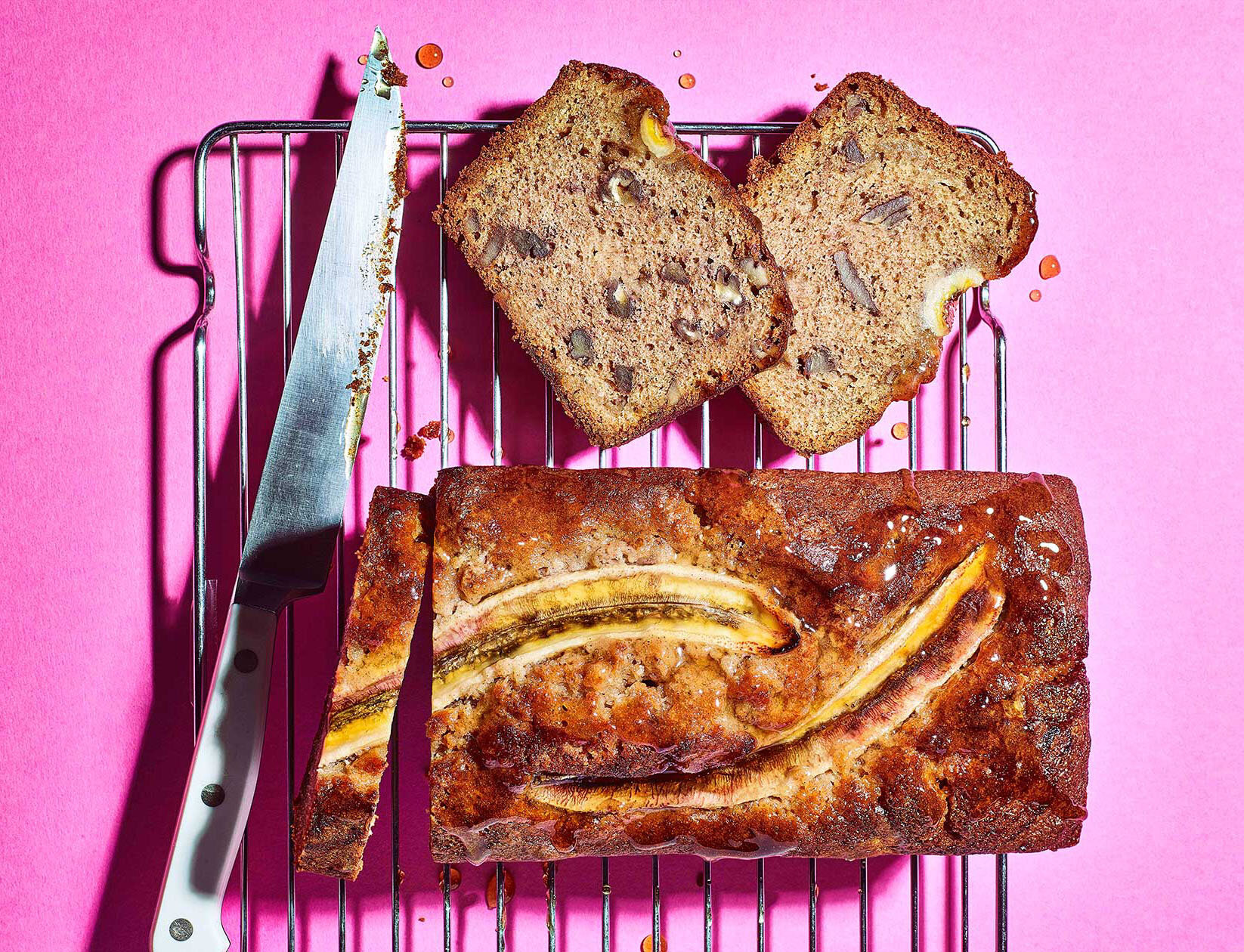The Toaster: A Hot Slice of History
From cooking bread on a stick over an open fire to toasting it up in a high-tech springing machine, here’s a brief history of the toaster.
‘My hour for tea is half-past five, and my buttered toast waits for nobody.’
Wilkie Collins, The Woman in White (1860)
Toast. Hot, buttery, delicious toast. One of life’s true pleasures. ‘Nothing soothes like toast’, writes Felicity Cloake in The A-Z of Eating. And she’s right. Toast is the best.
But where would we be without the toaster? Not only does it take bread and give us toast, it also gives us crumpets, muffins and toasted tea cakes. And across the pond a whole genre of food, - known as toaster pastries - exists, including Pop-Tarts and Toaster Strudels. There’s even such a thing as a hot dog toaster, which cooks the dog and the bun simultaneously.
Toast before the toaster
It was the Romans who first toasted bread as a way of extending its shelf life. They also gave us the word ‘toast’, which comes from ‘tostus’, meaning scorched or roasted.
‘To toast’ - as in, to raise one’s glass in honour of a person - is thought to come from 16th century Britain. During this period it was fashionable to add a piece of toast to wine, ale or mead to a shared drinking container traditionally used at weddings and banquets, known as the ‘loving cup’. Once everybody had taken a sip, the host was expected to finish it off, eating the (soggy) piece of toast in honour of his or her guests.
The toast sandwich
Before the toaster’s inception, slices of bread were cooked over open fires or gas stoves on long metal forks or in metal frames.
During the 19th century there were many recipes for toast, including Mrs Beeton’s ‘To make hot buttered toast’ from her famous Book of Household Management (1863). Beeton instructed the reader to take slices of bread and ‘toast them before a very bright fire, without allowing the bread to blacken, which spoils the appearance and flavour of all toast.’ She also included a recipe for a toast sandwich - ‘Place a very thin piece of cold toast between 2 slices of thin bread-and-butter in the form of a sandwich, adding a seasoning of pepper and salt.’
As food historian Heather Arndt Anderson explains in her book, Breakfast: A History, ‘toast was a testament to a servant’s culinary prowess and ability to perform her duties adequately, and to a mistress’s ability to run her household and manage its staff successfully.’ Toast, it seems, was no simple matter.
Toastal eclipse of the heart
‘For something so basic,’ writes food historian Bee Wilson, ‘the electric toaster arrived late.’
It wasn’t until 1893 that a Scot named Alan MacMasters designed and built the first toaster. He used electricity to heat up steel coils which in turn cooked the bread - though the contraption only heated one side of the bread at a time and was prone to overheating. MacMasters sold the design to the Crompton Company who sold it in Britain as the ‘Eclipse’.
Unfortunately, in 1894, the toaster led to one of the nation’s first deadly appliance fires, killing a woman in Guildford after the elements melted and set her table alight.
The first American toasters
What a successful toaster needed was a metal filament strong enough to handle high temperatures without breaking. This came in 1905 when Albert Mash discovered the alloy Nichrome.
A year later, George Schneider patented the first American electric toaster - called ‘Dew’ - which was soon followed by numerous others, including the ‘Dropper’, ‘Flopper’, Pincher’, ‘Percher’ and ‘Swinger’ - all named after the various ways the machines expelled the toast. But it was General Electric who produced the first commercially successful electric toaster when they released their D-12 model in 1909.
Every piece of toast is a tragedy
Beyond equality, the cultural critic Arthur Asa Berger has a more negative view of the electric toaster; ‘The toaster represents a heroic attempt to redeem our packaged bread, to redeem the unredeemable. But the toaster, despite its high-tech functions, is doomed to the continual repetition of Adam and Eve’s Fall, for an unregenerate bread cannot be saved. Every piece of toast is a tragedy.’
I can’t say I completely agree with Berger. Every piece of toast isn’t a tragedy. Industrialised, pre-sliced white bread might not be the aspirational foodstuff it once was, but there’s more to a toaster than white bread. Whether it’s supermarket bought or a homemade sourdough, toasters give us comfort, contentment and convenience. Toasters give us toast. And toast is the toast of the town.
‘Everybody loves toast. Don’t trust anyone who doesn’t.’
Emily Kydd, Posh Toast (2015)








